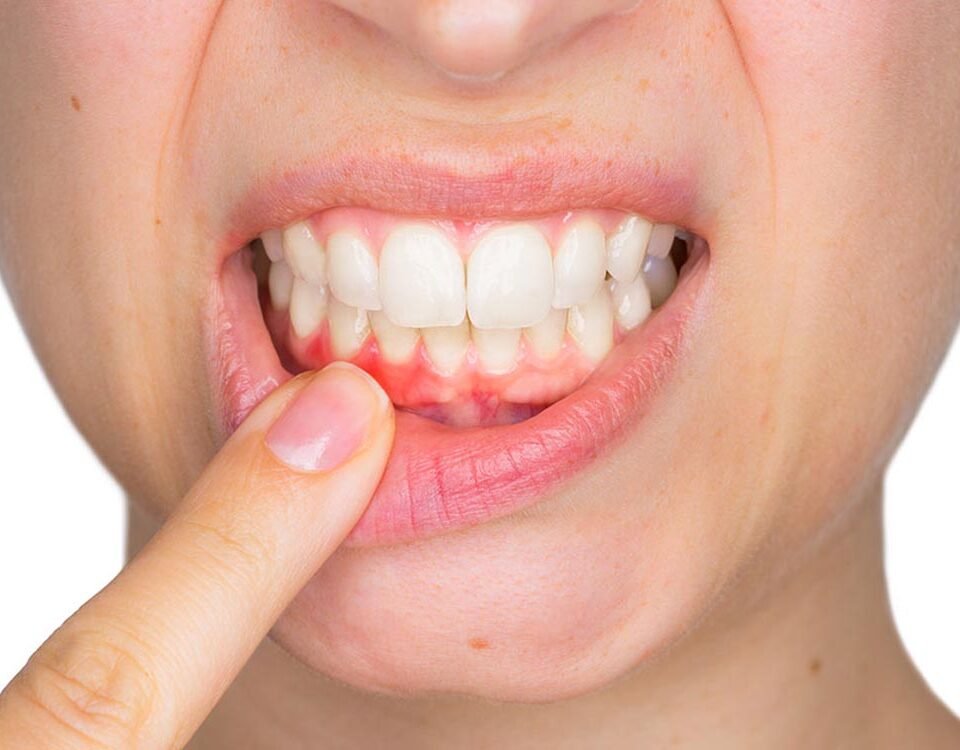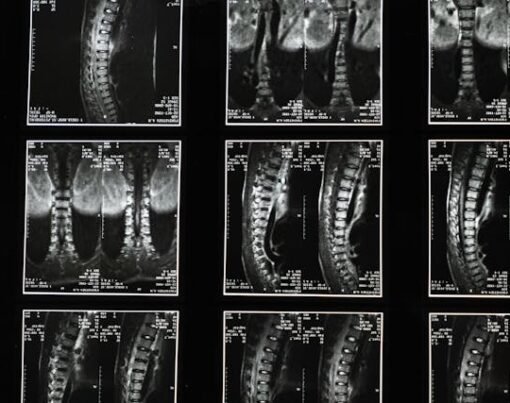Everybody agrees that dental health is necessary. However, most, if not all, only focus primarily on their teeth, believing them to be the only important component of good oral health. However, healthy gums are equally important, as they provide crucial support to your teeth and contribute to your overall oral well-being. Not caring for them leads to various gum issues like recession, leading to discomfort, sensitivity, and even tooth loss. One effective solution for addressing gum recession is gum grafting, a procedure performed by periodontists. This article will focus on gum grafting, what it is, why it’s essential, and how to find a trusted periodontist near me who can perform this procedure painlessly.
Table of Contents
Understanding Gum Grafting
What is Gum Grafting?
Gum grafting, also called gingival grafting, is a dental surgery done by special dentists called periodontists to fix gum problems. When your gums wear away and show more of your tooth’s roots, it’s called gum recession. This can be caused by things like genetics, brushing too hard, gum diseases, or injuries. Gum grafting helps cover up these exposed roots to make your gums healthier.
Gum grafting involves taking healthy gum tissue from one area of your mouth (usually the palate) and grafting it onto the areas with receded gums. This graft acts as a protective barrier, covering the exposed tooth roots and preventing further recession.
Why is Gum Grafting Important?
Preserving Tooth Stability: Gum recession can weaken the support structure of your teeth, making them more susceptible to mobility and even tooth loss. Gum grafting helps maintain tooth stability and prevents future dental problems.
Reducing Sensitivity: Exposed tooth roots are sensitive to hot and cold temperatures, as well as touch. Gum grafting can significantly reduce this sensitivity, improving your overall comfort.
Enhancing Aesthetics: Receded gums can make your teeth appear longer than they should, giving an unattractive and aged appearance to your smile. Gum grafting restores a more youthful and attractive smile by covering the exposed roots.
Pain-Free Gum Grafting
Lots of folks get worried about going to the dentist because they’re scared it will hurt. But don’t worry! Thanks to new technology and better methods, getting a gum graft isn’t as painful as it used to be. Dentists have found ways to make it much more comfortable for you. So, if you need a gum graft, you can feel better knowing it won’t be as painful as you might think. Here’s how:
Local Anesthesia
Before the gum grafting procedure starts, the dentist (periodontist) will give you a shot of medicine called a local anesthetic. This medicine makes the area they’ll be working on numb, so you won’t feel any pain during the surgery. It’s like a little “numbing” magic that keeps you comfortable during the procedure.
Minimally Invasive Techniques
Modern gum grafting techniques are minimally invasive, which means smaller incisions and less trauma to the gums. This reduces post-operative pain and promises a quicker recovery.
Sedation Options
If you’re particularly anxious about the procedure, some periodontists offer sedation options such as nitrous oxide or oral sedatives. These can help you relax and remain comfortable throughout the treatment.
Post-Operative Care
Your periodontist will provide you with detailed post-operative care instructions to ensure a smooth recovery. Following these instructions diligently can minimize discomfort and promote rapid healing.
Gum grafting is a vital procedure for addressing gum recession and maintaining a healthy smile. Finding a trusted periodontist near me is the first step towards achieving pain-free and successful gum grafting. By asking for recommendations, conducting online research, consulting your insurance provider, and scheduling consultations, you can decide which periodontist you would like to visit for the procedure.










